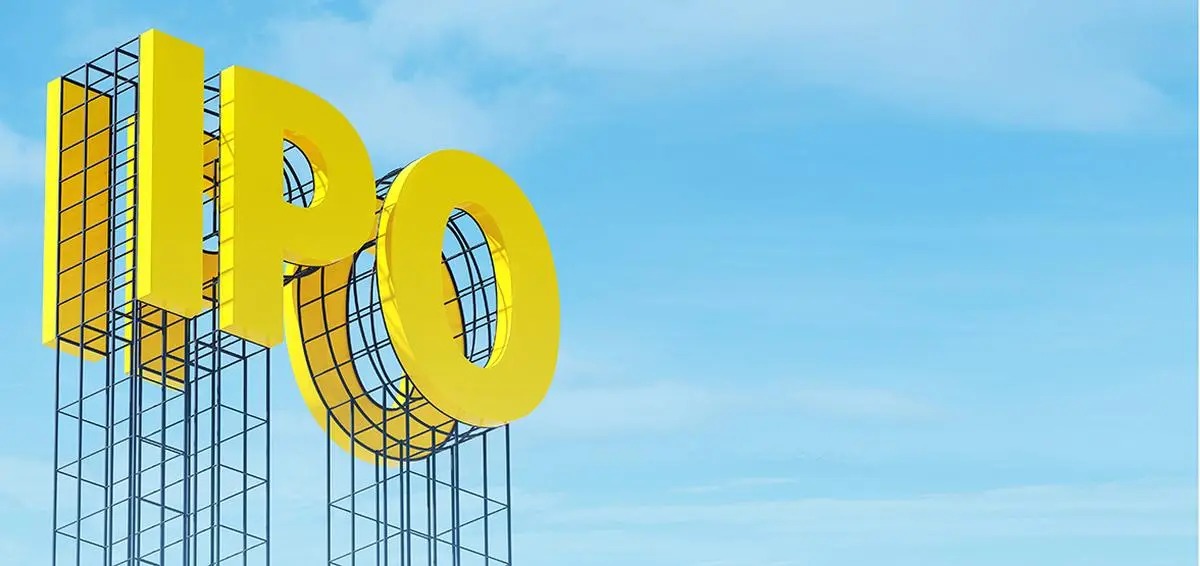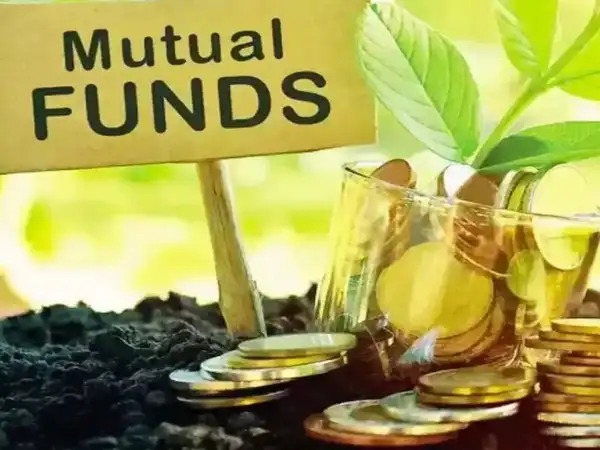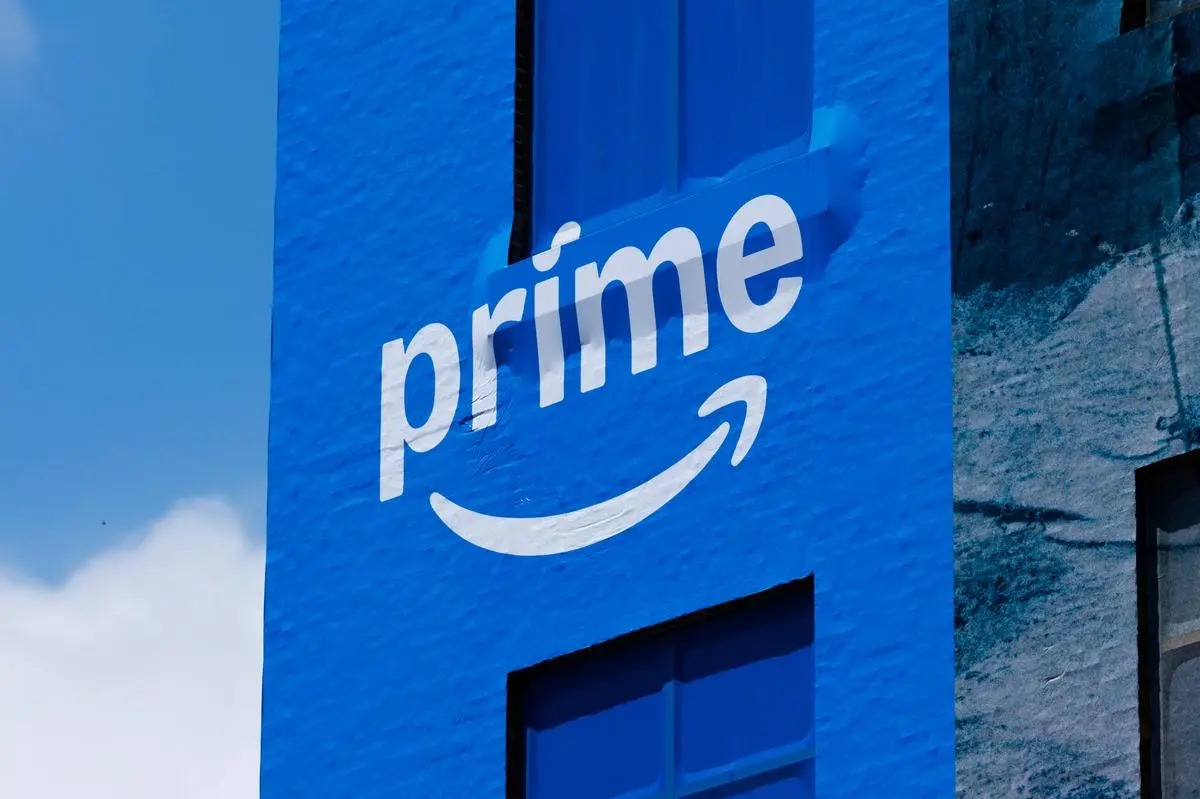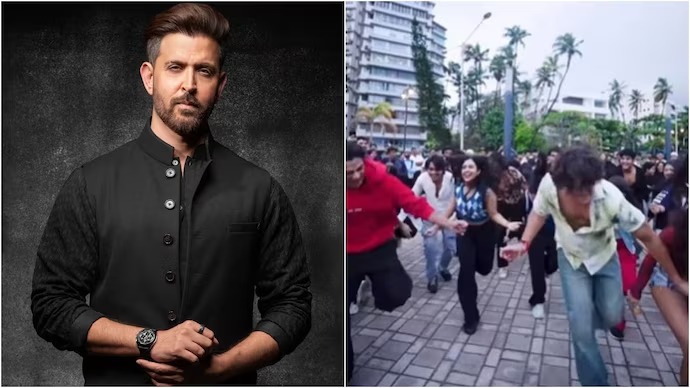
Follow WOWNEWS 24x7 on:

As Indian cinema celebrates the golden anniversary of Sholay, the film’s box office legacy has once again taken center stage. Released on August 15, 1975, Ramesh Sippy’s magnum opus starring Amitabh Bachchan, Dharmendra, Hema Malini, Sanjeev Kumar, Jaya Bachchan, and Amjad Khan has proven to be more than just a movie—it’s a cultural monument. A recent retrospective reveals staggering details about its original theatrical run, reaffirming its status as India’s most enduring blockbuster.
Theatrical Milestone
1. Sholay ran for 50 consecutive weeks in 28 cinemas across India, earning it the coveted Golden Jubilee status. At the time, even a 25-week run in 10 cinemas was enough to declare a film a hit.
2. The film’s longest continuous screening was at Minerva Theatre in Mumbai, where it played for over five years.
3. Repeat screenings continued well into the 1990s, until satellite television and multiplexes changed viewing habits.
Box Office Brilliance
1. Produced under a budget of approximately 3 crore rupees, Sholay earned 15 crore rupees during its initial theatrical run.
2. Salim Khan, one half of the legendary writing duo Salim-Javed, had predicted the film would earn over 1 crore per territory—a forecast that proved conservative.
3. Over its first six years, Sholay sold more than 15 crore tickets in India, making it the highest-grossing Indian film of its time.
4. Its lifetime theatrical business eventually tripled its original earnings, thanks to re-releases and sustained audience interest.
Critical Turnaround
1. Upon release, Sholay faced lukewarm reviews and skepticism from critics. The film’s length and genre-blending style were questioned.
2. The real turning point came a week later, on August 21, 1975, when the film opened in East Punjab. The response was electric, and similar trends followed in Delhi, Uttar Pradesh, Bihar, and Central India.
3. By October 3, the film’s blockbuster status was sealed across major territories.
Cultural Impact
1. Sholay was India’s first 70mm widescreen release with stereophonic sound, setting a new benchmark for cinematic scale.
2. Its characters became cultural icons—Gabbar Singh’s villainy, Jai and Veeru’s friendship, and Basanti’s charm are still referenced in everyday conversations.
3. Dialogues from the film have entered the lexicon of popular culture, quoted across generations and even adapted into memes by Gen Z audiences.
Legacy and Influence
1. Sholay redefined the business of box office in India, proving that storytelling and scale could coexist.
2. The film’s success was organic, driven by audience love rather than inflated marketing or manufactured numbers.
3. It remains a case study in film schools, a reference point for directors, and a nostalgic favorite for audiences of all ages.
4. Streaming platforms have introduced Sholay to younger viewers, often with remastered visuals and behind-the-scenes documentaries.
Why It Still Matters
1. In an era where films cross 500 crore rupees with aggressive promotion and inflated ticket prices, Sholay’s success stands out for its authenticity.
2. The film’s emotional depth, ensemble cast, and genre-defying narrative continue to inspire filmmakers.
3. Even today, anniversary screenings draw crowds, and discussions around its legacy dominate entertainment columns.
Conclusion
Fifty years later, Sholay remains more than just a film—it is a phenomenon that shaped the trajectory of Indian cinema. Its box office triumph, cultural resonance, and timeless appeal make it a benchmark that few films have matched and perhaps none will surpass. As the industry evolves, Sholay’s flame continues to burn, reminding us that true greatness is not just measured in numbers but in the hearts it touches.
Sources: Times of India, Box Office India, Financial Express




